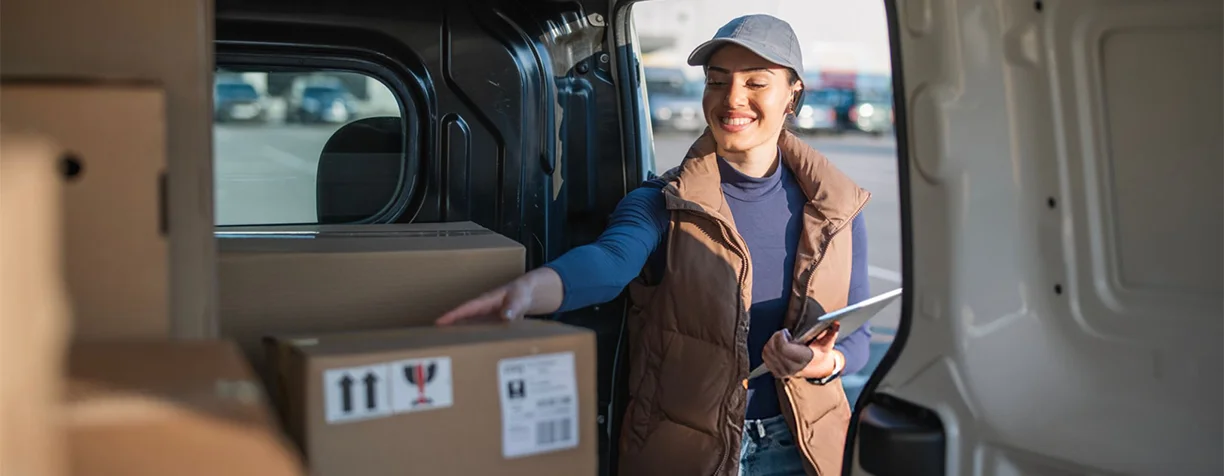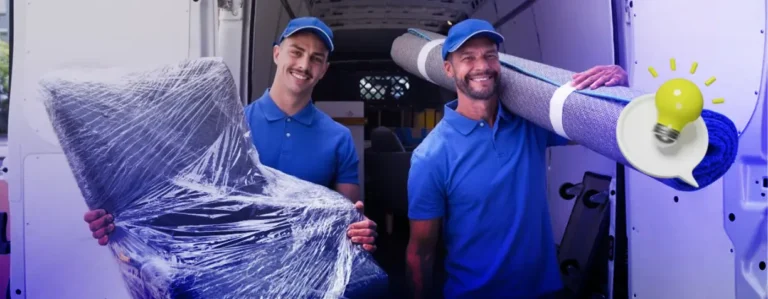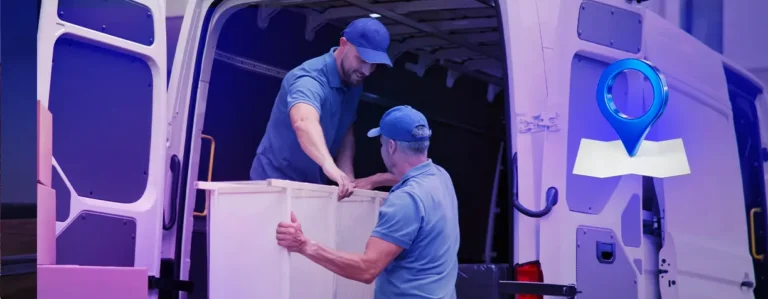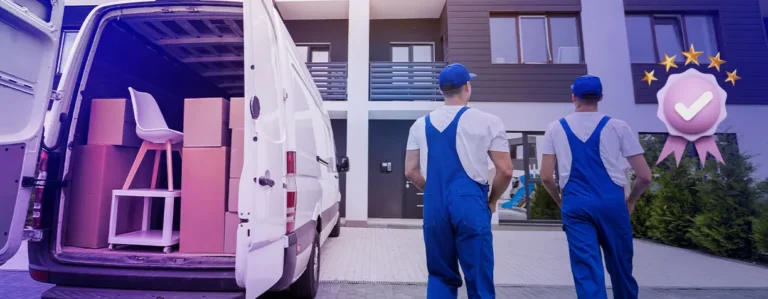The future of last-mile delivery is set to be transformed by cutting-edge technologies and innovative approaches. As the demand for faster, more efficient, and reliable delivery services continues to rise, businesses are increasingly focusing on optimizing this critical final step in the supply chain. Let’s delve into the latest last-mile delivery innovations and explore how they are shaping the future of the industry.
Table of Contents
What is Last Mile Delivery?
It involves delivering a product to the end customer from a distribution center after the product has been delivered to a distribution center. This phase is often the most complex and costly part of the logistics process, involving various challenges such as traffic congestion, delivery density, and customer availability. Understanding and addressing these challenges is crucial for improving overall delivery efficiency and customer satisfaction.
Challenges and Innovations in Last-Mile Delivery
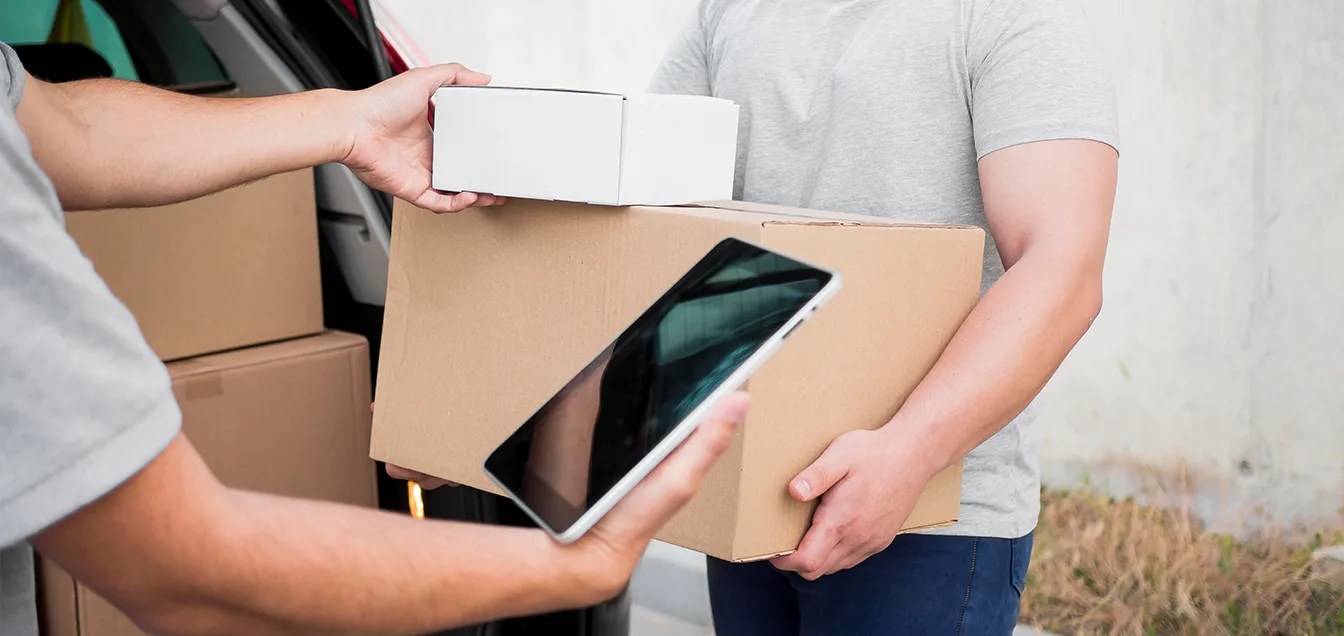
One of the primary challenges in last-mile delivery is the need for speed and accuracy. Customers now expect same-day or even same-hour deliveries, putting immense pressure on logistics providers to optimize their operations. Additionally, urban areas present unique obstacles, such as traffic congestion and limited parking, which can significantly slow down delivery times.
However, these challenges have spurred a wave of last-mile delivery innovations. Technologies like IoT (Internet of Things), AI (Artificial Intelligence), and autonomous vehicles are at the forefront of this transformation. IoT devices, for example, enable real-time tracking of packages, allowing customers and delivery partners to monitor shipments and optimize routes dynamically. This technology not only enhances transparency but also helps to optimize last-mile delivery efficiency.
Last Mile Technology: IoT and AI
The integration of IoT and AI in last mile technology is revolutionizing the logistics industry. IoT sensors can track the condition of packages, ensuring they are handled properly throughout the delivery process. AI algorithms can analyze traffic patterns and predict the most efficient delivery routes, reducing transit times and fuel consumption.
Moreover, AI-driven chatbots and virtual assistants are improving customer communication, providing real-time updates and handling inquiries more efficiently. These advancements are crucial for enhancing the overall customer experience and meeting the growing expectations of consumers.
Autonomous Vehicles and Drones
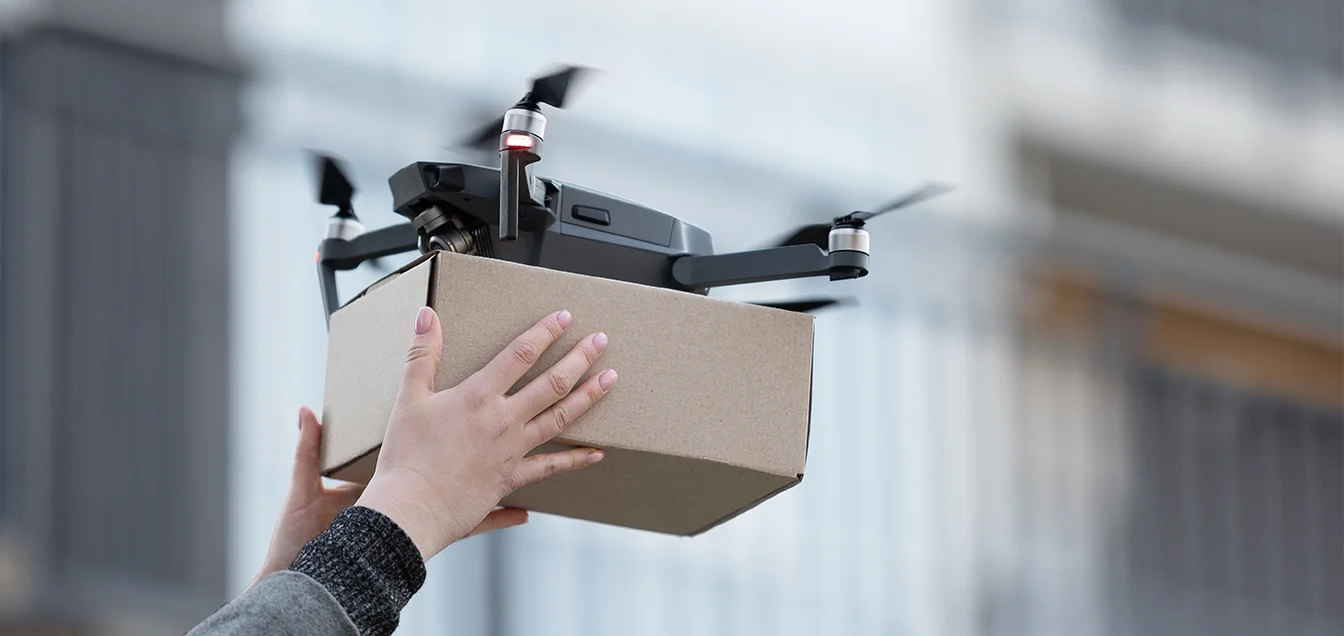 Another exciting development in the future of last-mile delivery is the use of autonomous vehicles and drones. Companies like Amazon and Google are already testing drone deliveries, which can bypass road traffic and deliver packages directly to customers’ doorsteps. Autonomous delivery robots are also being deployed in urban areas, navigating sidewalks and delivering goods with minimal human intervention.
Another exciting development in the future of last-mile delivery is the use of autonomous vehicles and drones. Companies like Amazon and Google are already testing drone deliveries, which can bypass road traffic and deliver packages directly to customers’ doorsteps. Autonomous delivery robots are also being deployed in urban areas, navigating sidewalks and delivering goods with minimal human intervention.
These technologies promise to significantly reduce delivery times and operational costs. However, their widespread adoption will require regulatory frameworks and infrastructure upgrades to ensure safety and efficiency.
The Latest Last-Mile Delivery Innovations
Several companies are pioneering the latest last-mile delivery innovations. For instance, delivery lockers and smart boxes are becoming increasingly popular. These solutions provide secure, convenient pickup points for customers, reducing the need for multiple delivery attempts and minimizing the risk of theft.
Additionally, crowd-sourced delivery models, where independent contractors or gig economy workers fulfill deliveries, are gaining traction. This approach offers flexibility and scalability, particularly during peak demand periods. By leveraging a distributed network of drivers, companies can achieve faster and more efficient deliveries.
Future of Final-Mile Delivery: Sustainability and Green Logistics
As environmental concerns take center stage, the future of final-mile delivery will also focus on sustainability. Green logistics initiatives, such as electric delivery vehicles and bike couriers, are being adopted to reduce carbon footprints. Companies are also exploring the use of eco-friendly packaging materials and optimizing delivery routes to minimize emissions.
By integrating sustainable practices into their operations, businesses can not only meet regulatory requirements but also appeal to environmentally conscious consumers. This shift towards green logistics is essential for the long-term viability of the last mile carrier industry.
Current and Upcoming Trends in Final Mile Delivery
The current and upcoming trends in final mile delivery indicate a move towards greater automation and digitization. Robotics, machine learning, and blockchain technology are being explored to enhance efficiency and security. For example, blockchain can provide an immutable record of each delivery, ensuring transparency and accountability.
Moreover, 3PL logistics providers, particularly in regions like 3PL Logistics Canada, are investing in advanced technologies to stay competitive. These third-party logistics companies are offering specialized services, such as warehousing and order fulfillment, to support businesses in managing their supply chains more effectively.
Choose the Right Delivery Partner for Your Furniture
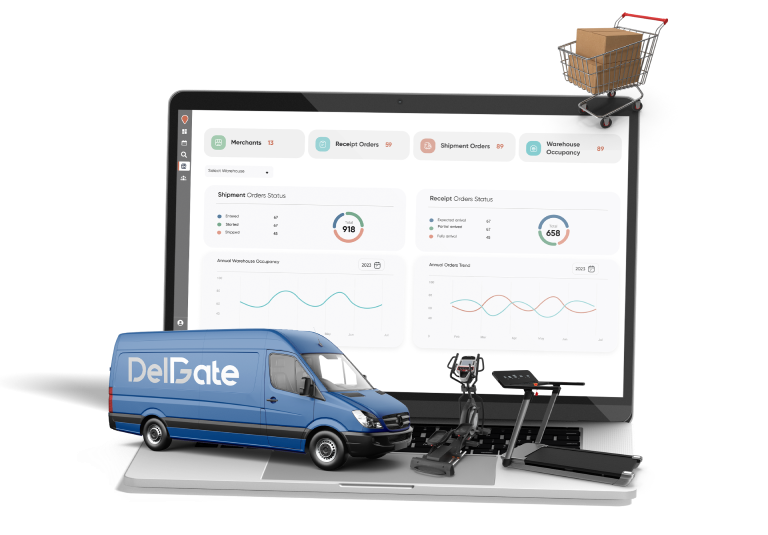
When it comes to specific industries, such as furniture delivery, selecting the right partner is crucial. Customers expect careful handling and timely delivery of bulky and often fragile items. Companies must therefore choose the right delivery partner for your furniture to ensure an easy delivery experience. This involves assessing the partner’s capabilities, technology stack, and customer service standards.
Conclusion
The future of last-mile delivery is poised for significant advancements, driven by innovative technologies and a focus on sustainability. From IoT and AI to autonomous vehicles and green logistics, the industry is evolving rapidly to meet the demands of modern consumers. By staying abreast of these trends and adopting the latest last-mile delivery innovations, businesses can enhance efficiency, reduce costs, and provide exceptional customer experiences.
In conclusion, the future of the last-mile delivery landscape looks promising, with ongoing developments set to address existing challenges and pave the way for a more efficient and sustainable logistics ecosystem. As the industry continues to evolve, companies must remain agile and innovative to thrive in this competitive market.

